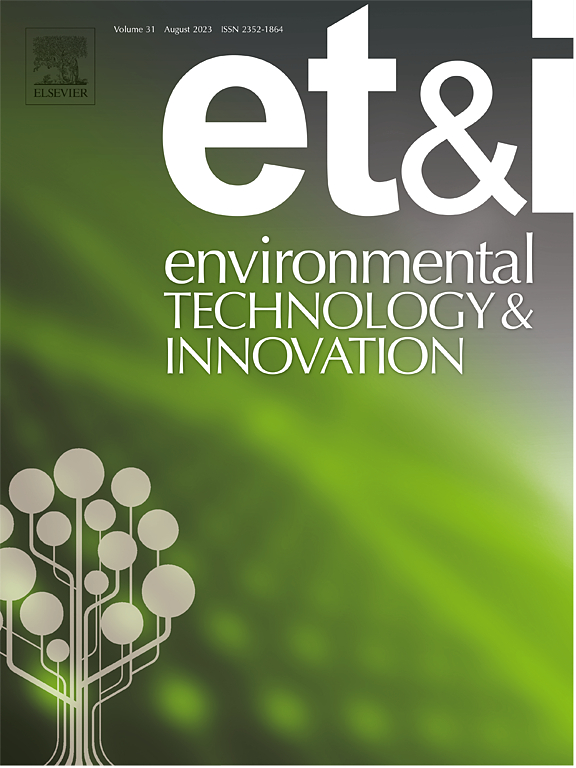Balancing environmental and economic objectives in sustainable sharing of waste-to-energy facilities: A cooperative game approach for multi-regional integration scenario
IF 6.7
2区 环境科学与生态学
Q1 BIOTECHNOLOGY & APPLIED MICROBIOLOGY
引用次数: 0
Abstract
Multi-regional integration promotes the rapid development of urban agglomeration. For local governments, there is an urgent need to plan and construct a series of waste treatment facilities, especially waste incineration plants, which play a critical role in waste reduction and energy supply in China. However, due to environmental pollution and huge economic costs, such facilities often face strong opposition from the public. This work constructs a dual-objective game theory model, involving land values, carbon emissions, facility construction and operating costs, which are integrated to form benefit distribution models and coordination strategies for co-construction and co-utilization of Waste-to-Energy facilities in a multi-regional scenario, with an integration office as the leader and three local governments as followers. The dual-objective game theory model was used to evaluate nine potential scenarios for Waste-to-Energy facilities in the Pilot Zone of the Yangtze River Delta region in China. The results show that an optimal scenario can achieve a dual balance of economic and environmental goals. Furthermore, establishing a fair and reasonable transfer payment framework facilitates the reallocation of benefits among local governments. The integration office plays a critical role in assisting local governments to accept the optimal facility site plan when the total benefit for local governments is maximized. This work proposes policy recommendations to support the development of Waste-to-Energy facilities in multi-regional integration.
平衡可持续共享废物发电设施的环境和经济目标:多区域一体化情景的合作博弈方法
多区域一体化促进了城市群的快速发展。对于地方政府来说,迫切需要规划和建设一系列的垃圾处理设施,特别是垃圾焚烧厂,这在中国的垃圾减量化和能源供应中起着至关重要的作用。然而,由于环境污染和巨大的经济成本,这些设施往往遭到公众的强烈反对。本文构建了土地价值、碳排放、设施建设和运营成本的双目标博弈论模型,并将其整合形成多区域情景下,以一体化办公室为主导,三个地方政府为跟随者的垃圾焚烧发电设施共建共利用的利益分配模型和协调策略。采用双目标博弈论模型,对长三角试验区垃圾焚烧发电设施的9种潜在情景进行了评价。结果表明,最优方案可以实现经济和环境目标的双重平衡。建立公平合理的转移支付框架,促进地方政府间利益再分配。在实现地方政府总利益最大化的前提下,整合办公室在协助地方政府接受最优的设施选址方案方面发挥着至关重要的作用。这项工作提出了政策建议,以支持多区域一体化中废物转化为能源设施的发展。
本文章由计算机程序翻译,如有差异,请以英文原文为准。
求助全文
约1分钟内获得全文
求助全文
来源期刊

Environmental Technology & Innovation
Environmental Science-General Environmental Science
CiteScore
14.00
自引率
4.20%
发文量
435
审稿时长
74 days
期刊介绍:
Environmental Technology & Innovation adopts a challenge-oriented approach to solutions by integrating natural sciences to promote a sustainable future. The journal aims to foster the creation and development of innovative products, technologies, and ideas that enhance the environment, with impacts across soil, air, water, and food in rural and urban areas.
As a platform for disseminating scientific evidence for environmental protection and sustainable development, the journal emphasizes fundamental science, methodologies, tools, techniques, and policy considerations. It emphasizes the importance of science and technology in environmental benefits, including smarter, cleaner technologies for environmental protection, more efficient resource processing methods, and the evidence supporting their effectiveness.
 求助内容:
求助内容: 应助结果提醒方式:
应助结果提醒方式:


